
The EU is on the brink of authorising wines with up to 6% alcohol by volume to be labelled as “low-alcohol”. The European Health Alliance on Alcohol (EHAA)—representing more than 1.7 million medical professionals and healthcare providers—warns that this proposal misleads consumers, creates a false sense of safety, and threatens decades of progress in reducing alcohol-related harm.
On 19 June 2025, the Council of the European Union adopted the legislative package aimed at enhancing competitiveness and innovation in the wine sector. Two measures in particular: allowing wines with up to 6% ABV to be labelled as “low-alcohol” and permitting digital-only labelling, have raised urgent public health concerns.
“Low-Alcohol” is Inaccurate
Describing wine with 6% ABV as “low-alcohol” is not only inaccurate—it creates a false impression of safety, undermines cancer prevention efforts, and weakens long-standing public health protections.
A clear alternative already exists: “reduced alcohol” —a factual, fair, and consistent term that has long been applied across the EU to other foods and drinks.

“Calling wine with 6% alcohol ‘low-alcohol’ is dangerously misleading. There is no safe level of alcohol consumption—this terminology undermines both clinical guidance and consumer trust,” said Prof Frank Murray, representing the European Association for the Study of the Liver (EASL).
Alcohol is a Group 1 carcinogen, conclusively linked to at least seven types of cancer, including breast, colorectal, and liver cancer. Every year, 239,530 deaths in the EU are attributable to alcohol—around 5% of all deaths—with the annual economic cost estimated at €125 billion.

“There are few areas in public health where the evidence is as clear as it is with alcohol: the harms are well-documented, the burden is enormous, the financial cost is unsustainable, and solutions exist. Prevention is not only possible—it is essential.” said Dr Monica Tiberi, representing the European Society of Cardiology (ESC).
EHAA also raises concerns about the proposal to allow QR codes as the sole method of providing health warnings and ingredient information. Research shows that fewer than 0.1% of consumers scanned such codes in public health pilots, while older adults, low-income groups, and those without smartphones are at risk of being excluded entirely.
“Every consumer has the right to know the health risks of alcohol. Clear, on-label warnings and nutrition information—not hidden digital links—are essential for informed choice and equitable access to information,” said Dr Jose Miguel Bueno Ortiz, representing World Family Doctors (WONCA) Europe.

EHAA’s Recommendations to the European Parliament
EHAA has called on Members of the European Parliament to amend the EU Wine Package by: Prohibiting the use of “low-alcohol” for drinks above 1.2% ABV, and requiring the use of “reduced alcohol” instead; Mandating clear on-package labelling of alcohol content, health warnings, ingredients, and nutritional information; Ensuring alignment with Europe’s Beating Cancer Plan and the WHO Global Alcohol Action Plan; and Protecting Member States’ rights to introduce stronger alcohol control measures when justified by public health evidence.

“The EU has already recognised alcohol as a major risk factor in its Beating Cancer Plan. Aligning alcohol labelling and marketing policies with this and the WHO’s Best Buys is essential. Public health strategies must be consistent, evidence-based, and clearly communicated if we are to reduce preventable cancers and other non-communicable diseases in Europe,” said Prof Jean-Yves Blay, Director of Public Policy, European Society for Medical Oncology (ESMO).




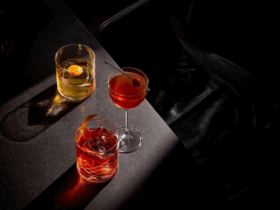
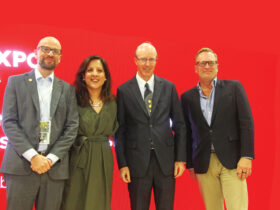

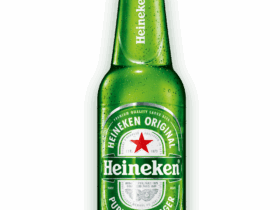
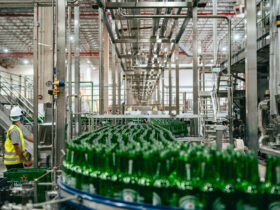
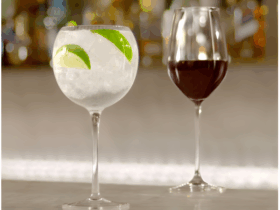

Leave a Reply